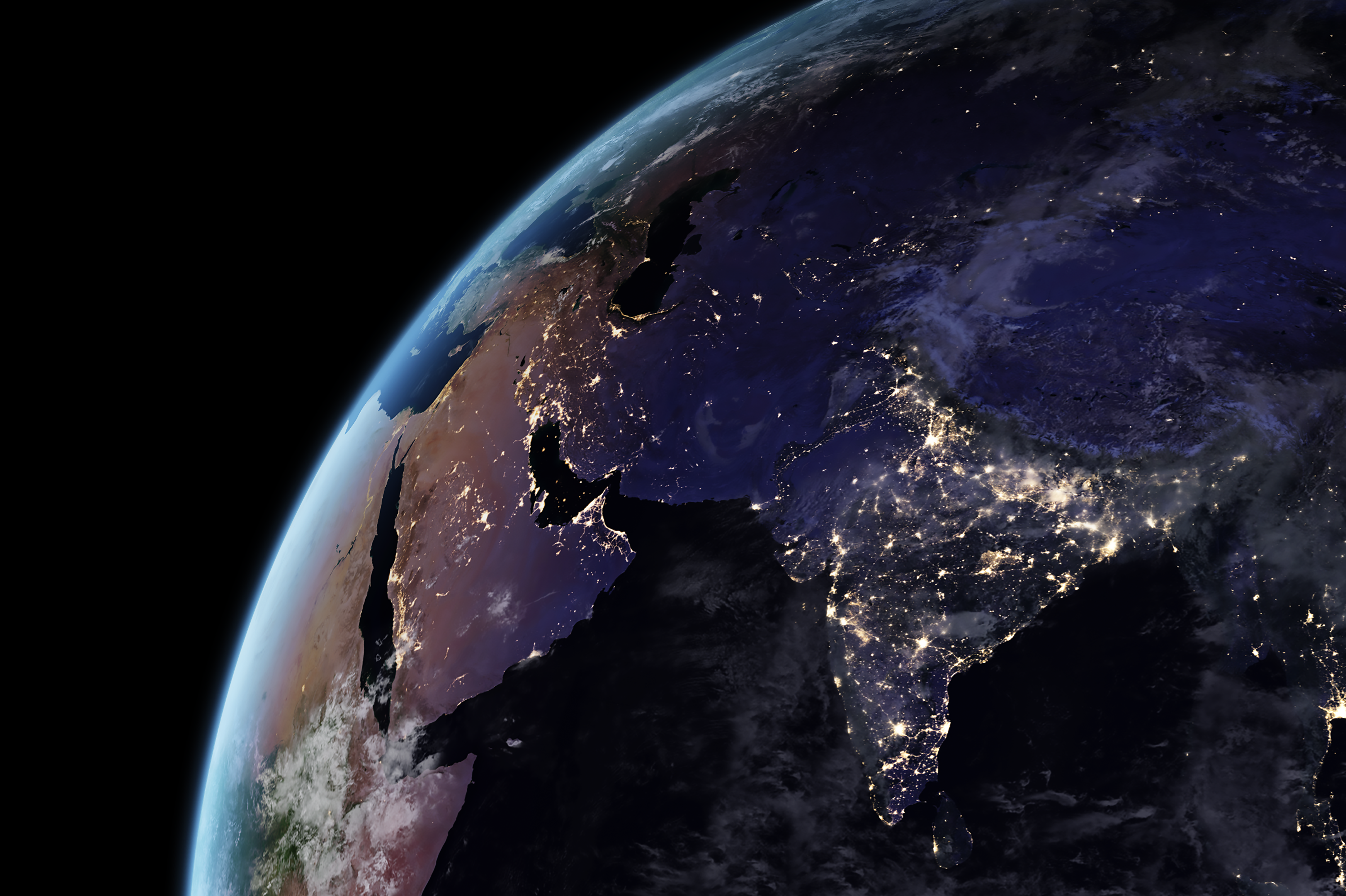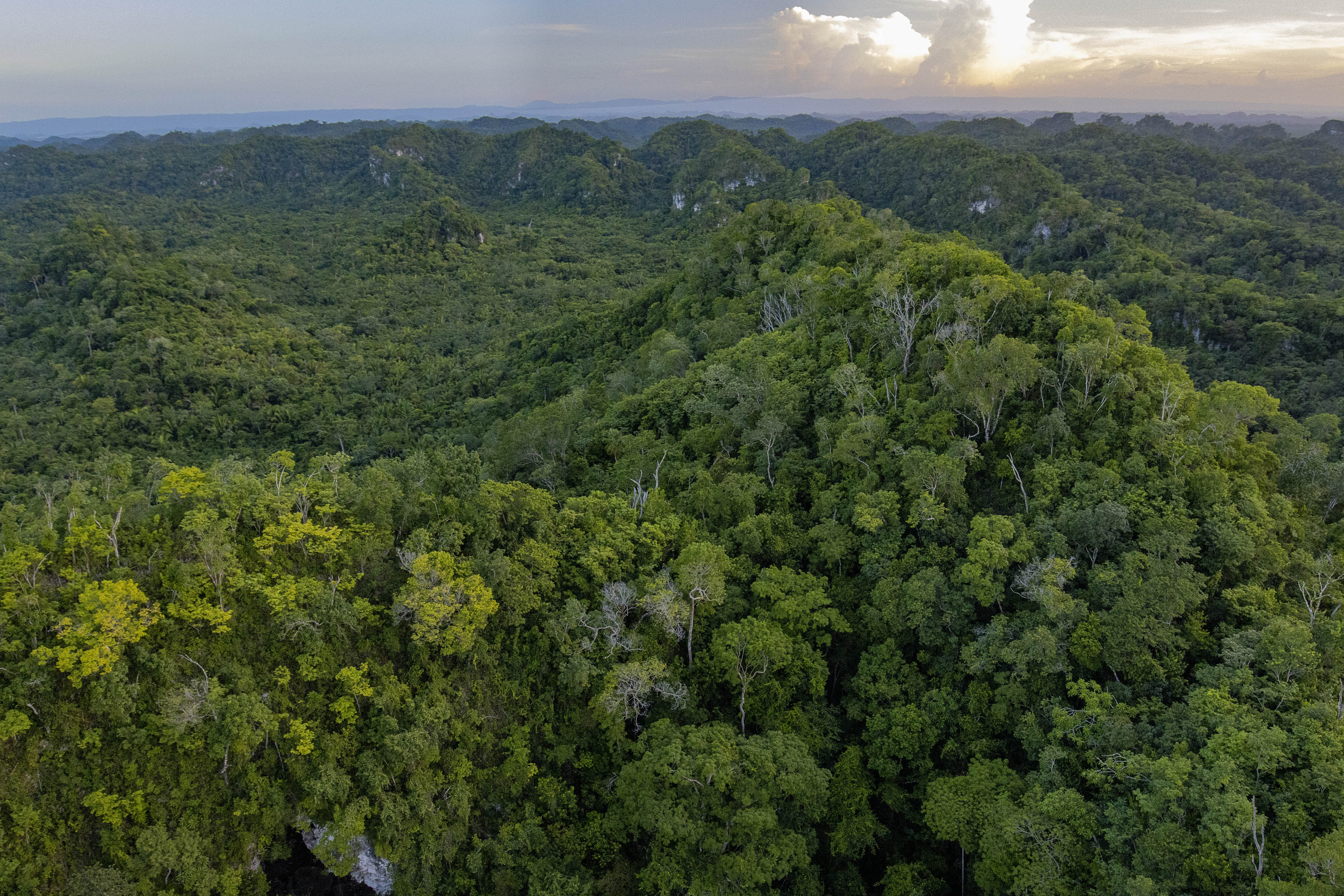Can We Avoid an Uninhabitable Earth?
By Lynn Scarlett, Former Chief External Affairs Officer
Hardly a day goes by without another report of extreme weather: just this past month, we have witnessed devastating cyclones in southern Africa and the midwestern United States, when coverage of the Alabama tornadoes had barely dropped under the newspaper fold. As with many of these occurrences, the aftermath has required a reckoning with our preparedness for disaster and, essentially, our relationship with nature.
Yet even as more people begin to understand how these events relate to our warming planet, few comprehend just how dire the crisis could become, nor how quickly it is escalating. That’s the premise of David Wallace-Wells’ new book The Uninhabitable Earth, which explains how weather trends of the last couple decades portend landscape alterations that will redefine life far beyond anything currently in the public imagination.
Quote
We need urgent, widespread action to escape the most devastating climate impacts.
Wallace-Wells’ account leaves little room for optimism, while cautioning that nothing short of large-scale policy action will correct our ill-fated course. He is right that we need urgent, widespread efforts to escape the most devastating climate impacts (full disclosure: Wallace-Wells interviewed me in the lead-up to this book, among many other individuals). Wallace-Wells downplays the impact of individual behaviors, suggesting instead the best thing individuals can do is to vote in favor of various decarbonization measures.
Decarbonization measures are essential, but our approach to public policy and investment needs to be broader than that, especially when it comes to our lands themselves.

For all the warnings in The Uninhabitable Earth about how nature is on the verge of breaking, nature also represents a unique opportunity to help mitigate climate change. A scientific study by The Nature Conservancy shows that natural climate solutions—those based on the conservation, restoration and management of forests, grasslands and wetlands—can deliver more than a third of the emission reductions needed to keep global temperature increases under 2°C by 2030.
What’s more, protecting nature for climate action can improve local livelihoods. Natural climate solutions can be deployed in every region of our planet, across all landscapes. In Brazil’s Mantiqueira mountain range, forest restoration programs are not only sequestering carbon but also improving water security and creating economic opportunities for rural populations. Soil improvement efforts in the American Midwest that are intended to reduce costs and improve crop yields are helping to keep carbon in the ground. And preserving mangroves—one of the most potent carbon sinks—maintains vital fish nurseries and protects coastal communities from flooding.
Natural climate solutions will not, of course, get us all the way to the climate-safe future. This push to protect and enhance nature’s role must happen alongside major transitions in energy, transportation and food systems, as Wallace-Wells highlights. There is no “holy grail,” no single intervention, to address climate change, because the sources of greenhouse gas emissions that lie at the root of the problem are themselves multifaceted. Wallace-Wells is right that comprehensive action is imperative—but we need some big changes now.

Perhaps the greatest challenges reside not in a paucity of tools and technologies, but in will and governance. We need to change policies and institutions to provide incentives—and upfront financing—to do things differently. The big question is whether the will exists to implement any of the solutions to avoid the apocalyptic fate Wallace-Wells suggests is on the horizon.
In their essay on catalyzing major transformations, Guggenheim fellows Naomi Orestes and Erik Conway argue that systemic change for the public interest has historically been shaped by national, subnational and local policies. Land grants permitted railroad construction, spectrum auctions enabled the sale of public airwaves, the creation of public utilities has facilitated water management, and regulations have mitigated pollution. Orestes and Conway conclude: “unless we acknowledge the need for a substantial government role, we are going to be stuck, because change driven solely by the marketplace is unlikely to suffice.”
Quote
Investing in climate solutions can generate economic and environmental benefits.
Building this will to act requires recognizing that climate change has serious economic consequences. As Wallace-Wells notes, climate change threatens to increase the likelihood of economic instability, an effect that many sectors are already feeling. Investing in and advancing climate solutions, including preserving and restoring natural landscapes, can generate economic and environmental benefits—and reduce risks to communities.
Wallace-Wells’ message is clear: we need urgent, widespread efforts to escape the most devastating climate change impacts. We still have time to change the ending of this story. But are we giving ourselves enough opportunity to rewrite the plotline to drive innovation and investment in climate solutions?
Global Insights
Check out our latest thinking and real-world solutions to some of the most complex challenges facing people and the planet today.



